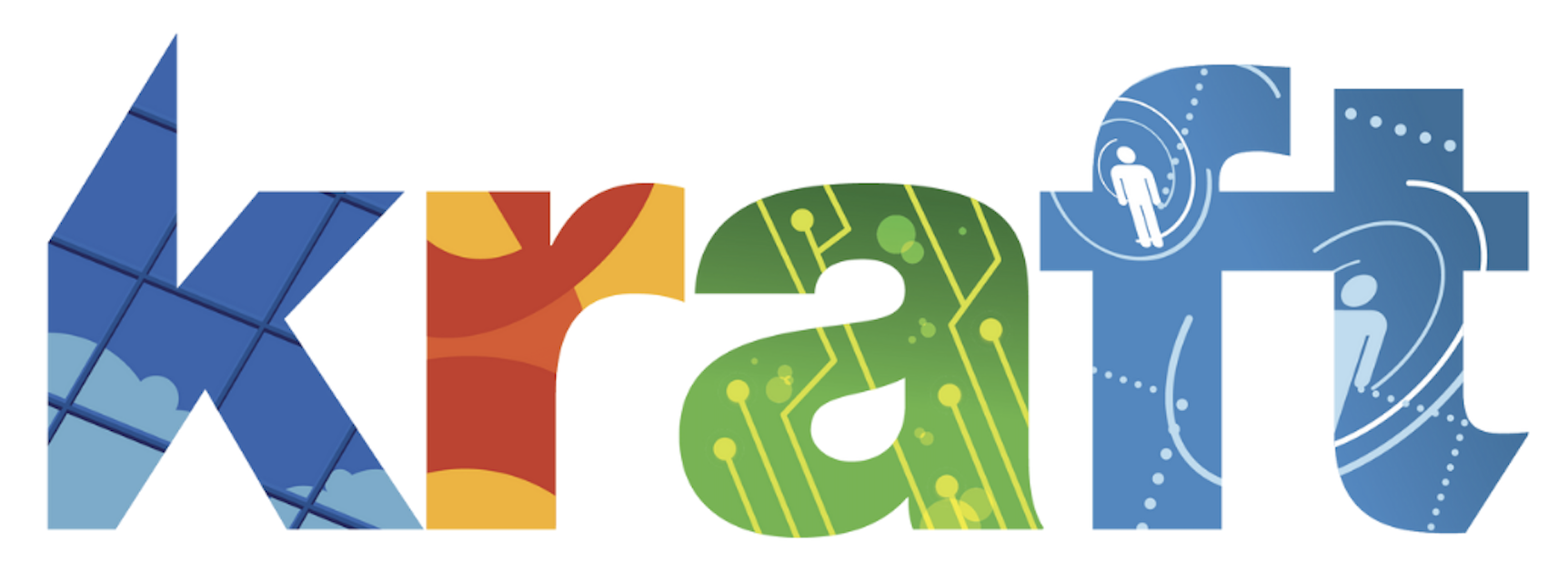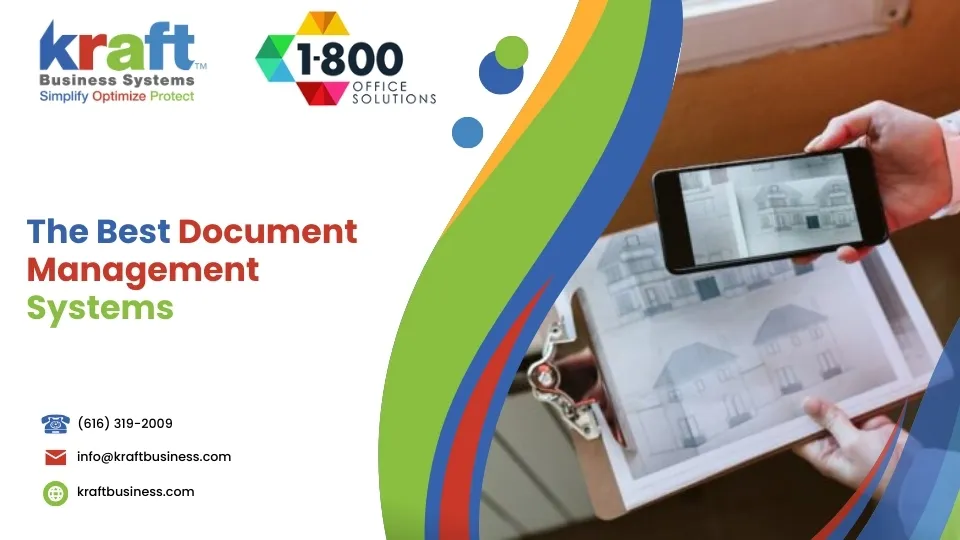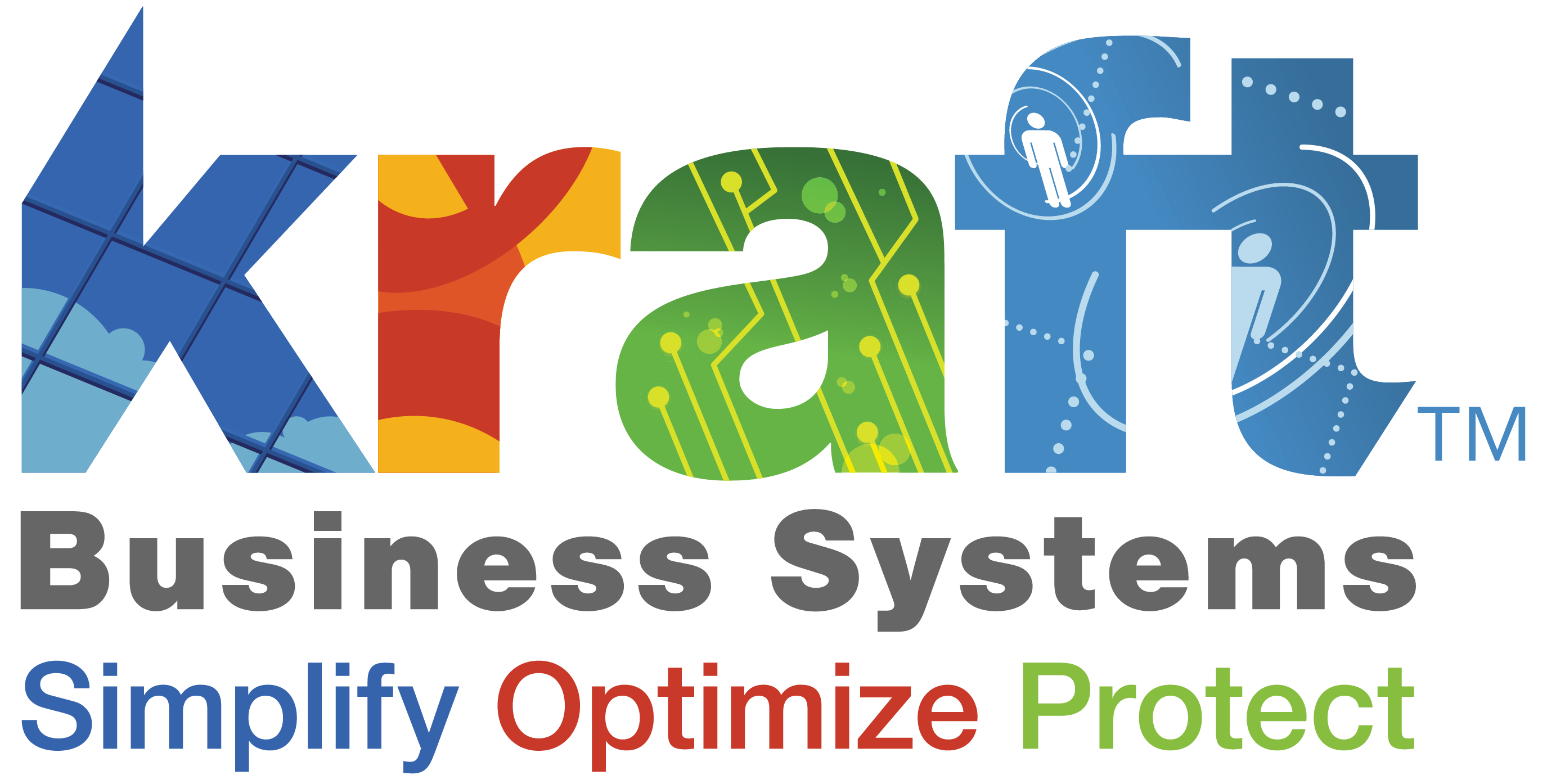A document management system simplifies how businesses handle their digital files. With the increasing shift towards the paperless office, your business needs a reliable solution for storing, managing, and retrieving electronic documents efficiently.
- Store: Organize all documents in one place, easily accessible and searchable.
- Manage: Use features like version control and permission settings.
- Retrieve: Quick and easy access to files ensures productivity doesn’t slow down.
Going digital with a document management system is more than just convenience; it’s about enhancing productivity and security. Whether you’re a small business or a large enterprise, adopting a DMS can transform your daily operations by streamlining workflows and reducing reliance on physical documents.
Businesses, particularly those in highly regulated industries, face constant challenges in document security and compliance. Implementing a DMS with robust features such as encryption and access controls can mitigate risks and protect sensitive information.
Document management system definitions:
What is a Document Management System?
A Document Management System (DMS) is a digital solution designed to store, manage, and track electronic documents and images of paper-based documents. Think of it as a digital filing cabinet that organizes your files and makes them easy to find and use.
How It Works
A DMS captures documents through document scanners or directly from electronic sources. This process converts physical documents into electronic images, making them easier to store and manage.
Once captured, the DMS allows you to:
- Organize: Categorize documents using metadata, making them easy to search and retrieve.
- Secure: Protect sensitive information with customizable access controls and encryption.
- Track: Maintain a history of document changes and versions for compliance and auditing purposes.
Key Features
- Metadata Management: Automatically extract and store data like creation date and author. This helps in quickly locating documents.
- Integration: Works seamlessly with other systems like CRM and ERP, enhancing your existing workflows.
- Search and Retrieval: Advanced search functions allow you to find documents quickly using keywords or metadata.
For more detailed insights into building a robust DMS, visit our detailed guide here.
Top 5 Document Management Systems of 2025
Navigating through document management systems can be daunting, but we’ve narrowed it down to the top five systems that stand out in 2025. These platforms not only streamline document handling but also improve productivity and collaboration.
DocuWare
DocuWare is a cloud-based platform that excels in office automation. It’s renowned for its robust security and compliance features, making it a favorite among large enterprises. DocuWare automates repetitive tasks, freeing up time for more strategic activities. With its intuitive interface and seamless integration capabilities, it simplifies the management of documents across various business functions.
M-Files Online
M-Files Online offers a next-generation approach to document storage and workflow automation. What sets M-Files apart is its metadata-driven organization, which makes document retrieval fast and efficient. It’s ideal for businesses looking to improve their document workflows without disrupting existing systems. The platform’s AI capabilities further streamline processes by automating routine tasks.
OpenText Documentum
For those in need of comprehensive content management and enterprise solutions, OpenText Documentum is a top contender. Known for handling complex document lifecycles, it supports large-scale operations with extensive customization options. Documentum integrates smoothly with other enterprise systems, ensuring that content management is both scalable and secure.
Zoho WorkDrive
Zoho WorkDrive shines in collaboration and cloud storage. Perfect for teams that need to work together seamlessly, WorkDrive provides tools for real-time document editing and sharing. Its user-friendly interface ensures that even non-technical users can manage documents with ease. Plus, its cloud-based nature allows for flexible access from anywhere, making it ideal for remote teams.
Lenovo Filez
Lenovo Filez focuses on file management with a user-friendly interface. It caters to businesses seeking a straightforward yet effective DMS. Filez offers essential features like document organization, secure sharing, and version control. Its simplicity doesn’t compromise its functionality, making it a great choice for companies that prioritize ease of use and quick deployment.
Each of these systems offers unique strengths, whether it’s automation, collaboration, or enterprise-level content management. By understanding your specific needs, you can select a document management system that best aligns with your business goals.
Benefits of Implementing a Document Management System
Implementing a document management system (DMS) offers a range of benefits that can transform the way your business operates. Let’s explore some of the key advantages:
Efficiency and Productivity
A DMS dramatically improves efficiency by automating routine tasks. Imagine the time saved when you can retrieve documents instantly using advanced search functions instead of sifting through stacks of paper. This means employees spend less time searching for files, leading to a more productive work environment.
Workflow automation is another game-changer. With a DMS, documents move seamlessly through various stages of approval, reducing delays and errors. This ensures your team can focus on more value-added tasks, driving business growth.
Compliance and Security
Staying compliant with regulatory standards is crucial for any business. A robust DMS provides improved security features, such as audit trails and access controls, ensuring that sensitive documents are protected from unauthorized access.
With features like document history and version control, you can track changes and revert to previous versions if needed. This is not just about security; it’s about maintaining a reliable audit trail, which is essential for compliance.
Collaboration
Collaboration becomes effortless with a DMS. Teams can work together on documents in real-time, regardless of their physical location. This is particularly beneficial in today’s work environment, where remote and hybrid work models are becoming the norm.
Tools for real-time document editing and sharing mean that projects can move forward without the bottlenecks caused by version conflicts or miscommunication. This kind of seamless collaboration boosts team productivity and ensures everyone is on the same page.
Cost Savings
Switching to a digital document management system can lead to substantial cost savings. By reducing the need for physical storage and paper, businesses can cut down on material costs. Moreover, the automation of workflows reduces labor costs associated with manual processing.
In the long run, these savings contribute to a significant return on investment (ROI). Faster document retrieval and improved version control mean that employees can focus on more strategic activities, enhancing overall operational efficiency.
Implementing a document management system is more than just a technological upgrade; it’s a strategic move towards a more efficient, secure, and collaborative business environment.
Let’s now dig into the differences between cloud-based and on-premises DMS solutions to help you decide which is best for your business.
Cloud vs. On-Premises Document Management Systems
When it comes to choosing a document management system (DMS), one of the most crucial decisions is whether to go with a cloud-based solution or an on-premises system. Both options have their unique advantages and challenges, so let’s break it down.
Cloud Software
Cloud-based DMS solutions are becoming increasingly popular due to their flexibility and ease of use. These systems are hosted on remote servers and accessed via the internet, which means you can access your documents from anywhere, at any time. This is especially beneficial for businesses with remote or hybrid workforces.
Scalability is one of the biggest advantages of cloud software. As your business grows, you can easily scale up your storage and features without investing in additional hardware. This makes it an ideal choice for rapidly growing companies.
Another key benefit is cost-effectiveness. Cloud solutions typically operate on a subscription model, which means no large upfront costs. You pay a predictable monthly or annual fee, which includes updates and maintenance. This can be a major advantage for businesses looking to manage their budgets more effectively.
However, some businesses have concerns about data security in the cloud. Reputable cloud providers offer robust security measures, but choose a provider with a strong track record in data protection.
On-Premises Systems
On the other hand, on-premises DMS solutions are hosted on your company’s own servers. This gives you greater control over your data and security measures, which can be crucial for businesses dealing with highly sensitive information.
One of the main benefits of on-premises systems is data control. You know exactly where your data is stored and who has access to it. This can provide peace of mind for businesses with strict compliance requirements.
However, on-premises systems come with higher initial costs. You’ll need to invest in hardware, software licenses, and IT support. Additionally, any updates or maintenance will require internal resources, which can add to the overall cost.
Scalability can also be a challenge with on-premises systems. Expanding storage or adding new features often requires purchasing additional hardware, which can be time-consuming and costly.
Cost Comparison
When comparing costs, cloud solutions often have the edge in terms of lower initial investment and predictable ongoing expenses. On-premises systems, while offering more control, tend to have higher upfront costs and ongoing maintenance expenses.
The choice between cloud and on-premises DMS solutions depends on your business needs. If flexibility, scalability, and lower upfront costs are priorities, a cloud-based solution might be the best fit. If data control and security are your main concerns, an on-premises system could be the way to go.
Choosing the right document management system is a strategic decision that can greatly impact your business operations. Consider your current needs and future growth when making your decision.
Next, let’s address some common questions about document management systems to help you make an informed decision.
Frequently Asked Questions about Document Management Systems
What is the difference between DMS and ECM?
A Document Management System (DMS) focuses on the storage, organization, and retrieval of electronic documents. It helps businesses manage documents efficiently, ensuring ease of access and improved collaboration.
Enterprise Content Management (ECM), on the other hand, encompasses a broader range of functionalities. While it includes document management, it also covers web content management, digital asset management, and more. ECM is designed to handle a wider variety of content types and is typically used by larger organizations with complex content needs.
Security features and compliance requirements are crucial in both systems. However, ECM often offers more advanced security measures and compliance tools to meet stringent regulatory standards.
Is Office 365 a document management system?
Microsoft 365 (formerly Office 365) is not a standalone document management system, but it includes tools that support document management. With applications like SharePoint and OneDrive, Microsoft 365 offers document storage, sharing, and collaboration features.
SharePoint, in particular, provides robust document lifecycle management capabilities, allowing users to create, store, and manage documents efficiently. It also integrates with other Microsoft tools, enhancing collaboration and productivity.
While Microsoft 365 offers many document management features, businesses seeking a comprehensive DMS may need additional tools to meet more specific needs.
Which tool is best for document management?
Choosing the best tool for document management depends on your business’s specific requirements. User reviews and ratings can provide valuable insights into the performance and reliability of different systems.
When evaluating options, consider the following:
- Security features: Ensure the tool offers robust encryption, access controls, and audit trails to protect sensitive information.
- Compliance requirements: Check if the tool complies with industry regulations like GDPR or HIPAA, which may be relevant to your business.
- Integration capabilities: Look for systems that integrate seamlessly with your existing software, like ERP or CRM systems, to streamline workflows.
- User experience: Choose a system with a user-friendly interface to ensure easy adoption by your team.
By considering these factors and consulting user reviews, you can identify a document management system that aligns with your business needs and improves your operations.
Now that we’ve covered some frequently asked questions, let’s explore the benefits of implementing a document management system.
Conclusion
At Kraft Business Systems, we understand the importance of having an efficient document management system in place. Our innovative solutions are designed to streamline your business processes and improve overall productivity.
We specialize in providing IT support that caters to the unique needs of businesses across various industries. Our team of experts leverages cutting-edge technology to address your specific challenges, ensuring that your document management is both seamless and secure.
Whether you’re looking to transition to a digital environment or improve your existing systems, Kraft Business Systems is here to help. We offer custom solutions that not only boost efficiency but also ensure compliance with industry standards. Our commitment to innovation means we stay ahead of the curve, providing you with the best tools to manage your documents effectively.
Explore our services and find how we can transform your document management strategy. Partner with us and let Kraft Business Systems be your trusted IT support provider, helping you achieve your business goals with ease and confidence.
For further information and to explore our range of services, please visit our website Kraft Business Systems.








